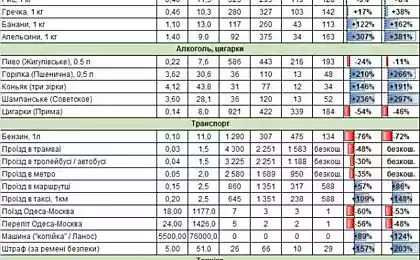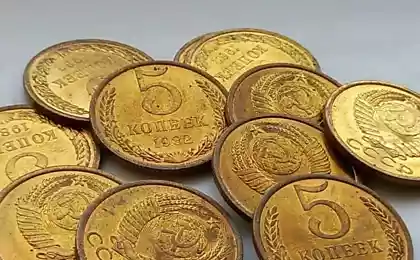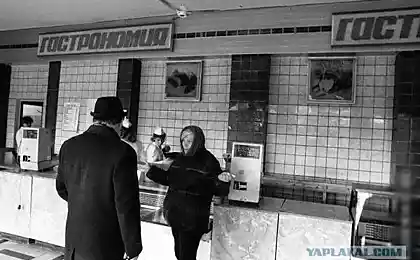193
We compare what you could buy for the average salary in the USSR and what you can buy in our time.
The Soviet Union ceased to exist thirty years ago. But the older generation still likes to nostalgize about the times of their youth, when snowfalls were not matched by the current ones, did not bother with sciatica, and a salary of 150 rubles more than enough for literally everything. But is it true that the Soviet people could afford more goods and services? Money, as you know, loves the bill. And if we know the average salary in the USSR, it is easy to calculate how much of this or that product could be bought for it then and now.
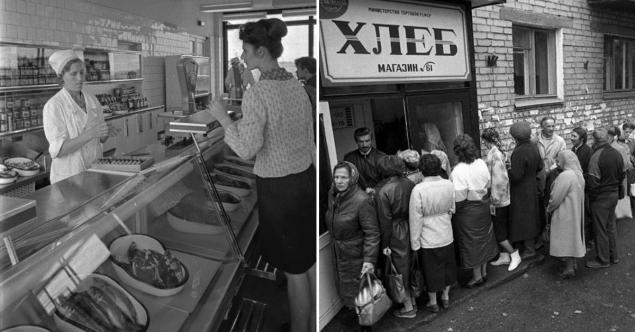
The average salary in the Soviet Union lasted from 1922 to 1991. During this period, the average monthly salary of workers and employees has changed many times. In 1940, it was only 33.1 rubles. In 1970, it reached 122 rubles, in 1980 - 168, and six years later - 195.6. In July 2021, the average salary in Russia was 55,170 rubles.

Of course, the standard of living is a complex and multifaceted concept. Salary alone is not measured. However, the purchasing power of the average salary still allows you to form a certain idea about it. Especially if you compare it with the statistics for 2021.

A similar calculation has already been made by journalists of Tinkoff Journal, the main Russian-language publication about money. At the same time, prices for goods in 1980 were taken from the statistical collection “Trade in the USSR”. And the current prices correspond to the data on the website of Rosstat for August.
Potatoes are the “second bread” and one of the main products in any domestic cuisine. And if you look at it, the situation has not changed much since the Moscow Olympics. In 1980, 1206 kg of potatoes could be purchased for an average salary. In 2021 - 1440 kg.

However, a year earlier, this amount was 447 kg more. The coronavirus crisis and poor harvest of 2020 affected. As a result, potato prices in January-May increased by 49% with an increase in the average wage by only 8.8%.
It is also interesting to see regional differences. Today, residents of Moscow can buy about 2400 kg of potatoes per person per month for their salary. In St. Petersburg, this figure is 1600, and in the Altai Territory only 733 kg.
Food products
Industrial goods
In summary, statistics show that in all categories of goods, except milk, purchasing power is higher today than in the late USSR. And that confirms what we see on the streets. Everyone has modern gadgets in their hands, yards are full of new cars, and shelves in stores are bursting with a variety of products.
It is worth remembering that the average salary is like the average temperature in the room. Some have 39 and some have 0. Someone can buy himself any delicacies, and someone barely collects bread with cereal. In the USSR, there were also people who earned much more than others when determining wages. But the gap between rich and poor was not that big. Maybe that’s why people don’t feel like they’re not earning enough.
The article and the preview used photos.

The average salary in the Soviet Union lasted from 1922 to 1991. During this period, the average monthly salary of workers and employees has changed many times. In 1940, it was only 33.1 rubles. In 1970, it reached 122 rubles, in 1980 - 168, and six years later - 195.6. In July 2021, the average salary in Russia was 55,170 rubles.

Of course, the standard of living is a complex and multifaceted concept. Salary alone is not measured. However, the purchasing power of the average salary still allows you to form a certain idea about it. Especially if you compare it with the statistics for 2021.

A similar calculation has already been made by journalists of Tinkoff Journal, the main Russian-language publication about money. At the same time, prices for goods in 1980 were taken from the statistical collection “Trade in the USSR”. And the current prices correspond to the data on the website of Rosstat for August.
Potatoes are the “second bread” and one of the main products in any domestic cuisine. And if you look at it, the situation has not changed much since the Moscow Olympics. In 1980, 1206 kg of potatoes could be purchased for an average salary. In 2021 - 1440 kg.

However, a year earlier, this amount was 447 kg more. The coronavirus crisis and poor harvest of 2020 affected. As a result, potato prices in January-May increased by 49% with an increase in the average wage by only 8.8%.
It is also interesting to see regional differences. Today, residents of Moscow can buy about 2400 kg of potatoes per person per month for their salary. In St. Petersburg, this figure is 1600, and in the Altai Territory only 733 kg.
Food products
- Black bread
In 1980: 938 loaves
In 2021: 1,335 loaves - Buckwheat.
In 1980: 375 kg
In 2021: 538kg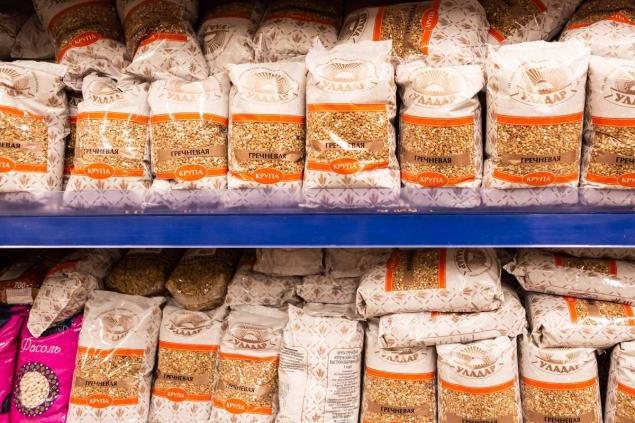
- Apples
1980: 235 kg
In 2021: 491kg - sugar
1980: 196 kg
In 2021: 1073kg - Butter
1980: 49 kg
In 2021: 83kg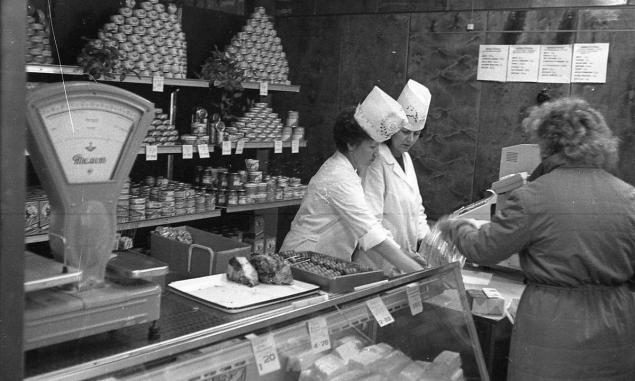
- Milk.
1985: 830 litres
In 2021: 823 litres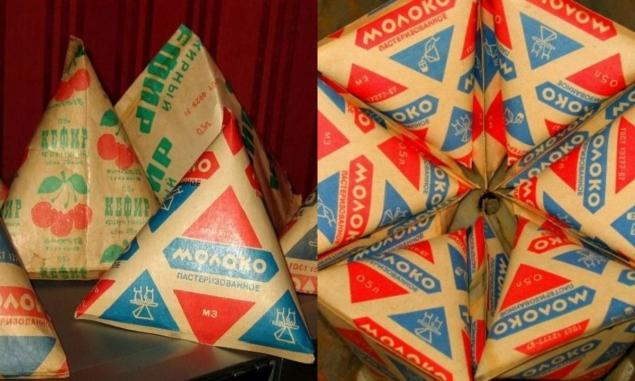
- champagne
In 1980: 43 bottles
In 2021: 198 bottles
Industrial goods
- Vacuum
1980: 4 grand
In 2021: 7 pieces
- Coat.
In 1980: 1 piece
In 2021: 5 pieces - Shoes.
In 1985: 4 pairs
In 2016: 11 pairs - Car
In 1985, the best-selling car cost about 36 average salaries.
In 2016, the best-selling car cost about 10 average salaries.
- petrol
1985: 498 litres
In 2021: 938 litres
In summary, statistics show that in all categories of goods, except milk, purchasing power is higher today than in the late USSR. And that confirms what we see on the streets. Everyone has modern gadgets in their hands, yards are full of new cars, and shelves in stores are bursting with a variety of products.
It is worth remembering that the average salary is like the average temperature in the room. Some have 39 and some have 0. Someone can buy himself any delicacies, and someone barely collects bread with cereal. In the USSR, there were also people who earned much more than others when determining wages. But the gap between rich and poor was not that big. Maybe that’s why people don’t feel like they’re not earning enough.
The article and the preview used photos.
TOP-10 best brokerage offices from IAFT helps a trader in choosing a partner
If the Decembrist blooms violently in December, the family will have plenty of money all year round, stimulate flowering in all possible ways.









